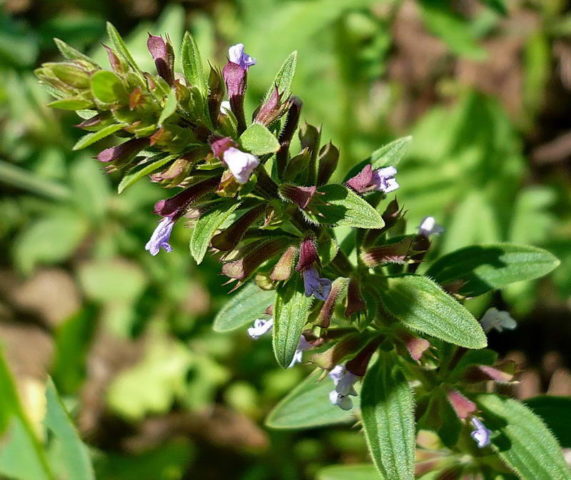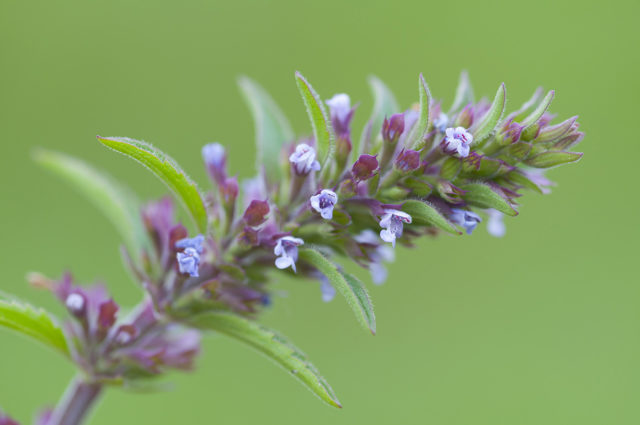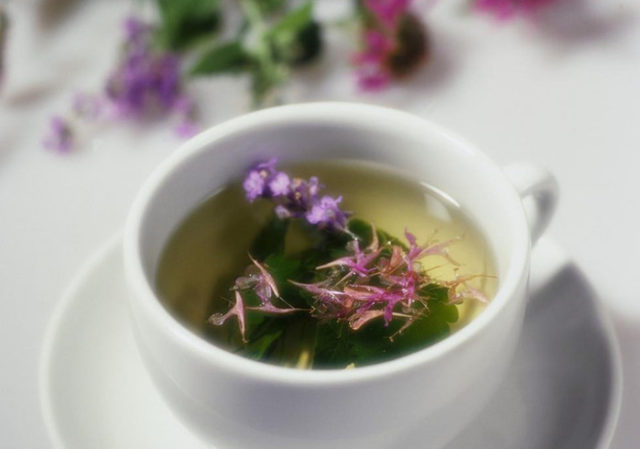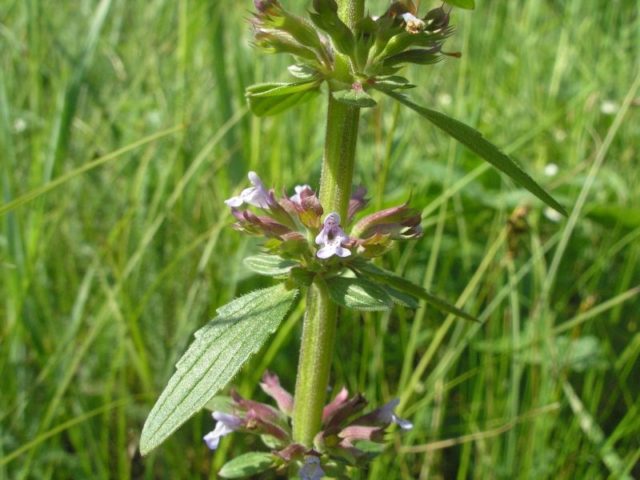Content
Thyme flowering snakehead (Dracocephalum thymiflorum) is a herbaceous medicinal plant belonging to the subfamily Nepetoideae and the family Lamiaceae. The people know him under other names:
- vegetable dragonhead;
- Turkish melissa;
- mother plant or honey cake;
- bruise and Moldovan balm.
It is no accident that the valuable plant was given these nicknames: outwardly, it really resembles a snake or an angry dragon ready to attack, and the nectar that stands out in abundance makes it an excellent honey plant.
The chemical composition of the snakehead
The medicinal properties of the herb thyme-flowered snakehead are determined by the substances contained in its juice. The plant contains the following components:
- organic and tannic acids - oleic, palmitic, stearic and linoleic;
- trace elements - magnesium, zinc, potassium, iron;
- essential oils;
- sugars - glucose, fructose;
- glutamine and aspartic amino acids;
- alkaloids, coumarins, flavonoids.

Useful properties of the snakehead
The beneficial effect of preparations based on thyme dragon head is due to the presence of valuable biologically active substances in the composition - essential oils, glycosides and flavonoids. The thyme-flowered snakehead is endowed with the following medicinal properties:
- improves appetite, promotes proper digestion;
- restores and strengthens the immune system, helps the body to cope with adverse external factors;
- promotes the normalization of the nervous system, has a calming effect, neutralizes the effects of stress;
- relieves pain with migraines, inflammatory processes;
- perfectly affects the genitourinary organs, restores their work;
- has an astringent and anticonvulsant effect;
- normalizes heart rate, has the ability to relieve spasms;
- excellent antiseptic, promotes wound healing;
- decoction of plant seeds perfectly soothes, reduces gas formation in the intestines, has astringent properties;
- grass juice is an excellent antimicrobial agent that enhances the regenerative properties of the skin;
- dragonhead tincture on alcohol improves blood circulation, dilates blood vessels;
- fresh leaves of Turkish lemon balm can be applied to purulent wounds.

Snakehead harm
The use of thyme-flowered snakehead does not have pronounced negative consequences, if the recommended doses are not exceeded. Overdose symptoms:
- disruption of the gastrointestinal tract - a feeling of heaviness in the stomach, nausea, discomfort;
- decreased blood clotting;
- exacerbation of chronic gastrointestinal diseases.
Contraindications to the snakehead
The list of restrictions for taking thyme-flowered snakehead is small:
- you should stop using the medicinal herb in case of individual intolerance or the appearance of an allergic reaction;
- with caution - women during the period of bearing a child, as well as persons with chronic gastrointestinal diseases during periods of exacerbation.
Rules for the use of snakehead
For medicinal purposes, the aerial part of the thyme flowering snakehead is usually used, and only occasionally the rhizome. You can use the herb fresh and dried, for making teas and decoctions, infusions on alcohol and cognac, compresses. Inside, decoctions and infusions should be taken 20-30 minutes before meals, and tea should be drunk in between meals, with severe hypothermia and a feeling of malaise.
For the broth you need to take:
- 20 g dry herb;
- 0.2 liters of boiling water.
Insist for a quarter of an hour, take 100 ml three times a day.
Preparation of tonic tea:
- 40-60 g of dry snakehead;
- 100 ml of cranberry juice;
- 30 g of honey;
- 1 liter of boiling water.
Boil the herb, cool slightly and add the rest of the ingredients. Drink hot. The snakehead should not be subjected to prolonged heat treatment, since in this case its effectiveness is greatly reduced.
In cooking, the leaves of the plant should be eaten fresh to maximize the benefits to the body. Usually it is added to salads, desserts, as a seasoning in the first and second courses.

Use of the snakehead
The thyme-flowered snakehead is an excellent remedy for cleansing the body. It removes toxins and toxins, improves blood composition, has a beneficial effect on the functioning of the kidneys and liver. Also, thyme flowered snakehead can be used to treat the following diseases:
- tachycardia and cardiac disorders;
- colds, hepatitis, rhinitis, sinusitis, tonsillitis;
- neuralgic pain;
- disorders of the digestive tract, chronic constipation, diarrhea, colitis, gastritis;
- rheumatism, nephritis;
- purulent wounds, bruises, abrasions;
- burns, ulcers, stomatitis;
- scabies, pulmonary tuberculosis;
- diseases of the female reproductive system, cystitis;
- toothache and headache.
Collection and storage rules
The thyme flowering snakehead blooms in early summer. It is during this period that the upper parts of the plant can be harvested for the preparation of medicinal raw materials or for culinary purposes. There are certain rules for the collection and preparation of raw materials:
- Cut the grass at the root, choosing healthy, strong specimens.
- Sort out, remove darkened, rotten, insect and disease-affected plant parts.
- To dry, tie in bunches, hanging in a well-ventilated place shaded from the sun, or spread out on clean paper, fabric in a thin layer. Turn over daily until completely dry. Plants can be pre-crushed for easy storage and use.
- Put the dried medicinal raw materials in paper bags or linen bags, you can use clean wooden boxes, sandwiching the grass with paper.
The thyme-flowered dragonhead should be stored in a dark, always dry place with good ventilation. If the humidity in the room is high, the dried grass can become moldy. The shelf life is 24 months. At the end of this period, the snakehead loses most of its useful properties, it becomes unsuitable for treatment, even if no changes are observed externally.

Conclusion
The thyme-flowered snakehead is a medicinal plant that has been widely known for a long time to healers of the East, Russia and Ancient Greece. It grows in the steppes and fields throughout Eurasia; it is also found in high-mountain alpine meadows. For medicinal preparations, mainly the upper parts of the plant are used, and the leaves with a pronounced pleasant aroma are an excellent vitamin supplement to the everyday table. The thyme-flowered dragonhead has pronounced antiseptic, anti-inflammatory and antispasmodic properties, therefore it is readily used to treat various diseases. Tea made from the leaves and flowers of the dragonhead is an excellent tonic during the period of massive colds.

